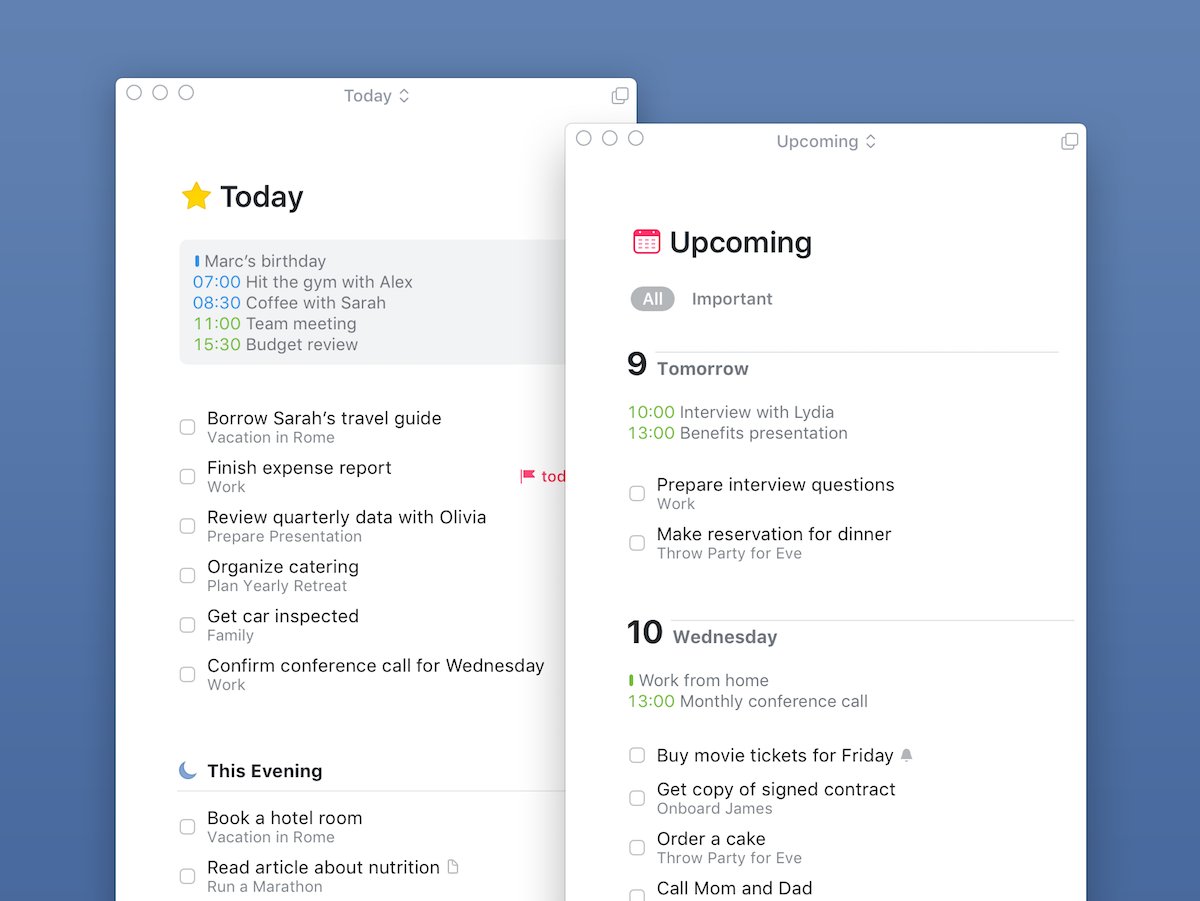
1/ 1st day recap with @logseq
Today I forced myself to take meeting and planning notes all day in Logseq. I am an old-time Outline lover. And I have to say it feels very natural. #TfT
I will continue the rest of the week doing so.
Today I forced myself to take meeting and planning notes all day in Logseq. I am an old-time Outline lover. And I have to say it feels very natural. #TfT
I will continue the rest of the week doing so.
2/ Outlining is smooth. The keyboard is responsive and works the way an outline should regarding indenting, outdenting, zooming, page navigation, and rearranging nodes between levels and hierarchy.
If you like outlining, you will feel at home.
If you like outlining, you will feel at home.
3/ I created a bunch of namespaces for organizing primary nodes I often use in note-taking into logical structures. Namespaces never really did anything in Roam, so I was "educated" today on their value in a tool that supports them.
Logseq has a cool "hierarchy view."
Logseq has a cool "hierarchy view."

4/ I am just starting to dive into their task system, but as I have hinted, it seems to have some solid functionality. Will report back.
Also, played with the whiteboard feature. The @obsdmd crew has some catching up to do, that is all I can say.
Also, played with the whiteboard feature. The @obsdmd crew has some catching up to do, that is all I can say.
• • •
Missing some Tweet in this thread? You can try to
force a refresh












